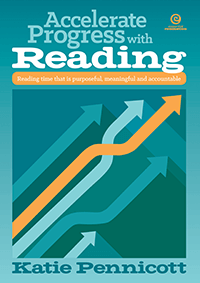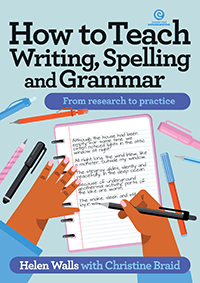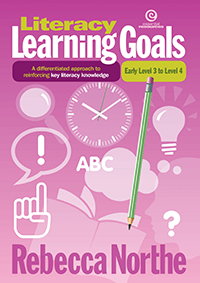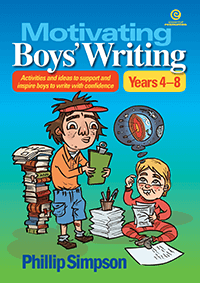
Morphology Basics
Quick and easy lessons for Years 3–8
It makes intuitive sense that breaking words into units of meaning is a powerful strategy to advance spelling knowledge, vocabulary development and reading comprehension – and plenty of research backs that up. But how can teachers translate that widely recognised principle into their own practice? Morphology Basics gives straightforward answers in teacher-friendly language that you can put to use Years 3 to 8 classrooms
The book begins with a general outline of morphology and its implications for teaching, establishing the foundation of knowledge teachers need. It then sets out more specific evidence-based information and ideas for teaching the most common prefixes, suffixes, and Latin and Greek roots. The numerous student activities are easy to implement and, along with the templates provided, open the way to further discussion and exploration of the world of morphology to support literacy learning.
|
NZD incl GST
|
Add to cart | |
| or more | each |




